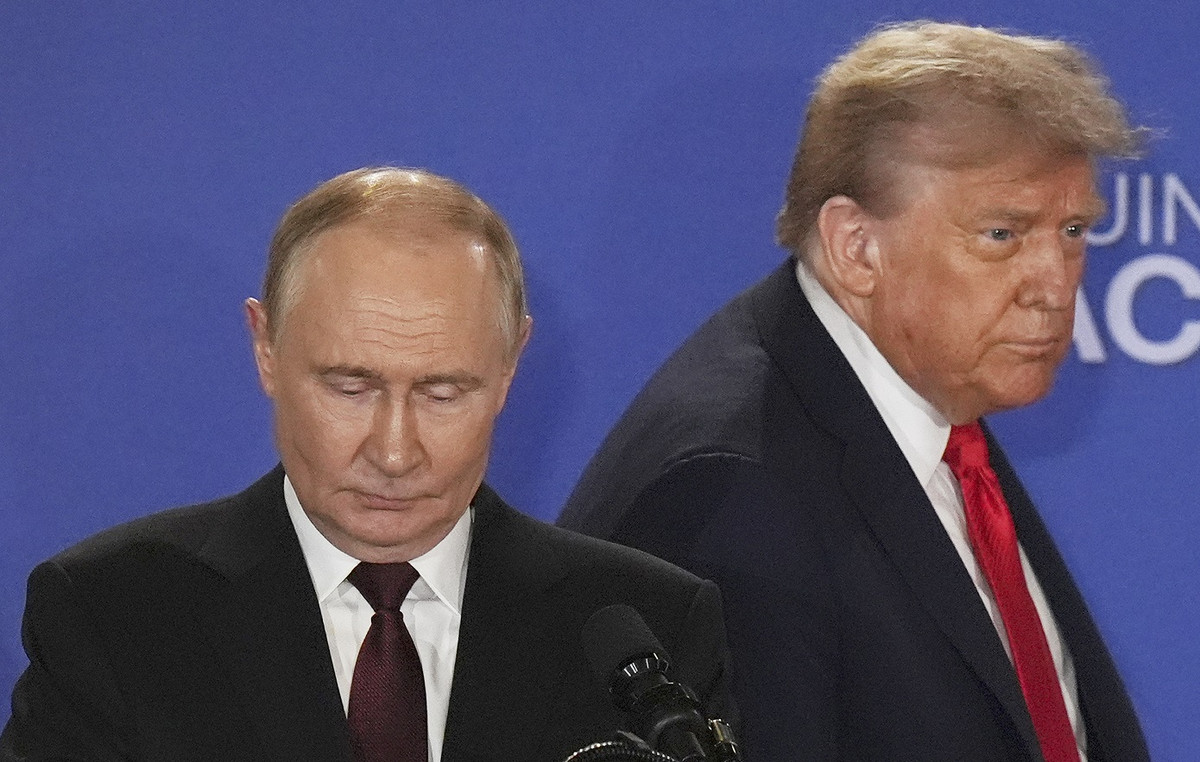There was little news and development last week, so markets moved more in the wake of previous central bank decisions and announcements.
Recall that the Fed in the US and the ECB in the eurozone announced that the processes of reduction and termination of quantitative easing programs will be accelerated and that these programs will expire in March.
High inflation in Europe and America has led to these decisions amid a major energy crisis plaguing economies.
The United Kingdom raised interest rates from 0.1% to 0.25% and last week, we also had a small change in China, from 3.85% to 3.80%. In the face of the Omidron pandemic and mutation, markets have been discouraged as more recent studies from South Africa and the United Kingdom indicate that the number of cases has risen sharply, with no corresponding increase in deaths and intubations, raising hopes that this mutation may have milder symptoms. Of course, the interest of investors in general has waned due to the festive season.
The dollar lost ground, the euro strengthened and most stock indices in the world’s major economies made significant gains. We saw a significant increase for bond yields with the US 10-year opening at 1.38% and closing at 1.48%. Gold continued to rise, oil recovered significantly while we also saw a certain recovery for Bitcoin, over $ 50,000.
This week is poor in news and financial announcements. We would probably single out the announcement of new unemployment declarations in the US, PMIs in China and industrial production in Japan.
The pandemic and possible new studies that will be released as well as longer-term events such as high inflation and expensive energy, are expected to dominate.
SP500
The US SP500 index closed higher last week, at 4,717 points and gains that exceeded 2%. The year closes particularly positively for the index, which set a new record price of 68 times in 2021, a fact that has happened since 1995. Monetary policy by the Fed, the course of the pandemic, geostrategic developments (mainly US relations – China) and the results of the companies, dominated as facts and influenced the course of the index. The SP500 is very close to all-time highs and is looking for new fuels to perhaps exceed these levels but high altitudes and the reduction in quantitative easing already taking place can lead to corrections.
DAX40
The German index DAX40 moved upwards last week, closing at 15,734 points, with gains of 1.75%. Import price indices in Germany have risen well above expectations, while the climate for a new pandemic mutation is also positive, based on the latest data. If the index manages to exceed 15,840 points, there are reasonable hopes for securing 16,000 points. Chances for corrections exist and increase in the case of approaching 15,000 units.
FTSE100
The British FTSE100 index moved strongly up last week, closing at 7,330 points and gains of over 2.20%. The British stock market seems to have consumed the recent rise in interest rates in the United Kingdom while the country’s GDP exceeded expectations, running in the third quarter of 2021 with 6.8% growth. The 22-month high of 7,387 points is close and there is optimism that it may break, but the numbers of new cases in the UK and possible effects of tighter monetary policy could potentially lead to corrections, especially if there is a downward trend to 7,000 points.
Gold
Last week was bullish for gold (2nd in a row), closing at $ 1,809 and gaining over 0.60%. Gold was favored by the improved market climate in relation to the pandemic and the Omicron mutation as well as by the weak dollar (do not forget that gold is valued in dollars). However, the rise is anemic and the prices remained below the resistance of $ 1,815, mainly due to the rise of one of the gold competitors which is the bond yields. Above $ 1,815, buyers can be encouraged to look at targets such as $ 1,879, which is a high price of about 6.5 months, with greater optimism.
Oil
Last week was a strong uptrend for oil with next month futures closing at $ 73.68, showing gains approaching 5%. Fears and concerns about demand through travel and transport constraints caused by the Omicron mutation appear to be easing. The catalyst was the attitude of OPEC not to reverse the decision to increase production by 400 thousand barrels per day from January onwards after reassuring investors and the oil market. Above $ 74, it is possible to see a new uptrend but the price range close to $ 73.30 is significant and it is possible that there may be sales that could lead to corrections.
EURUSD (Euro – US Dollar)
The EURUSD closed higher last week, opening at 1.1237 and closing at 1.1311. The US currency had losses despite the positive macroeconomic performance of the US: GDP rose 2.3% in the third quarter of 2021 and durable goods orders rose 2.5% in November, above market expectations. The dollar has consumed the concept of tighter monetary policy and so the announcement of the cessation of the emergency pandemic program (PEPP) by the ECB has helped the euro to recover. The resistance in this price range that needs to be broken in order for the rise to continue is close to 1.1385 but any prices below 1.1220 will probably mean a continuation of the downward trend that has formed for the exchange rate from the end of May onwards.
GBPUSD (British Pound – US Dollar)
The previous week was strong up for GBPUSD, which opened at 1.3239 and closed at 1.3374. Rising interest rates and tighter monetary policy in the UK have favored sterling. The increase in pandemic cases (record numbers – over 120 thousand per day) have somewhat alarmed the country but the low numbers of deaths and hospitalizations, calm things down and create optimism that the situation can be addressed with mild measures. No news these days US and UK and buyers are looking forward to a break above 1.3340 which could potentially lead to a further rise.
USDJPY (US Dollar – Japanese Yen)
The USDJPY moved up last week (3rd consecutive upward week) which opened at 113.59 and closed at 114.28. The Bank of Japan’s continued loose monetary policy (at least until the spring) and the -0.1% negative interest rate policy are pushing the yen and causing the exchange rate to rise. There has also been a rise in bond yields this week, while a small rise in Japan’s inflation to 0.5% in November did not appear to have affected anything. The highs of about 4 years, above 115.50 continue to be the short-term goal of many buyers.
EURJPY (Euro – Japanese Yen)
Last week was strongly bullish for the EURJPY, which opened at 127.61 and closed at 129.29. The euro has strengthened considerably since the announcement of a tighter monetary policy in the eurozone, while the opposite picture in Japan, weakens the country’s currency. The exchange rate has reached the border of 130 which is a milestone price for the exchange rate and any upward split could cause further rise.
EURGBP (Euro – British Pound Sterling)
Last week was down for the EURGBP (3rd in a row) which opened at 0.8485 and closed at 0.8440. The pound is strengthening due to the recent rise in interest rates in the UK and is dominated by the also strong euro as interest rates in the eurozone remain at 0%. If this picture continues, the price zone at 0.8380 may be threatened, which is a low of about 22 months, but in order to do so, the near resistance at 0.8415 must first be bent.
USDCAD (US Dollars – Canadian Dollar)
Last week was down for the USDCAD, which opened at 1.2890 and closed at 1.2804. The weakening US currency and the rise in oil prices, which strengthens the Canadian dollar, were the main reasons for this move. In addition, Canadian retail sales for October increased by 1.6% and the country’s GDP in the same month rose by 0.8%. However, the upward trend that started last October has not changed yet and the target of many buyers remains 1.30. Sellers will be more optimistic, below 1.2760 (2-week low).
USDCHF (US Dollar – Swiss Franc)
The USDCHF had a downward trend last week, as the opening was at 0.9241 and the closing at 0.9177. The US dollar lost some of its value this week as Switzerland’s excellent trade balance for November, over 6 billion Swiss francs, helped the Swiss currency recover after two weeks of decline. It needs a bearish break below 0.9150 to be able to continue this course but if the dollar recovers, especially towards the price range of 0.9275, stronger uptrends may prevail.
AUDUSD (Australian Dollar – US Dollar)
Last week was bullish for the AUDUSD which opened at 0.7128 and closed at 0.7217. The US dollar weakened and the Australian currency strengthened after the announcement of the minutes by the Bank of Australia. The bank shows that it does not intend to raise interest rates yet but there are positive expectations for the country’s economy, despite the Omicron mutation. The price range of 0.73 is the next short-term target of buyers, while a downward trend below 0.7180, may favor corrections.
Bitcoin
Last week was bullish for Bitcoin, which closed at $ 50,791 and profits approached 9%. Bitcoin managed to recover and exceed $ 50,000, after the big dip in cryptocurrencies in November but still the optimistic climate has not been restored as things look fragile. There is a double peak of the daily chart near $ 52,000, which if not broken up, it is not easy for an uptrend to prevail. On the contrary, any solid loss of $ 50,000 recovered with great difficulty will cause frustration and may lead to corrections.

www.a-quant.com
www.algo-profits.com
AQuant develops and provides tools and services to institutional investors, hedge funds, businesses & family offices in order to enhance their capacity for capital allocation and returns. AQuant analyzes and models a range of financial time series using Artificial Intelligence and Machine Learning algorithms.
The aQuant team consists of experts in Artificial Intelligence, Informatics, IT Services, Computational Finance and Trading with over 25 years of experience each, having worked in Hedge funds, financial companies, research institutes and universities. AQuant is headquartered in Cyprus and also has offices in Athens and London.
.
I am Sophia william, author of World Stock Market. I have a degree in journalism from the University of Missouri and I have worked as a reporter for several news websites. I have a passion for writing and informing people about the latest news and events happening in the world. I strive to be accurate and unbiased in my reporting, and I hope to provide readers with valuable information that they can use to make informed decisions.







